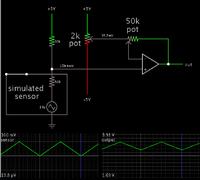4tuty
Member level 3
I need a program to convert photodetector output (voltage) to brix value
View attachment op560a.pdf
i have attached the data sheet of the PD and IR LED.
View attachment IRL 81A, Lead (Pb) Free Product - RoHS Compliant.pdf
View attachment op560a.pdf
i have attached the data sheet of the PD and IR LED.
View attachment IRL 81A, Lead (Pb) Free Product - RoHS Compliant.pdf
